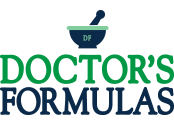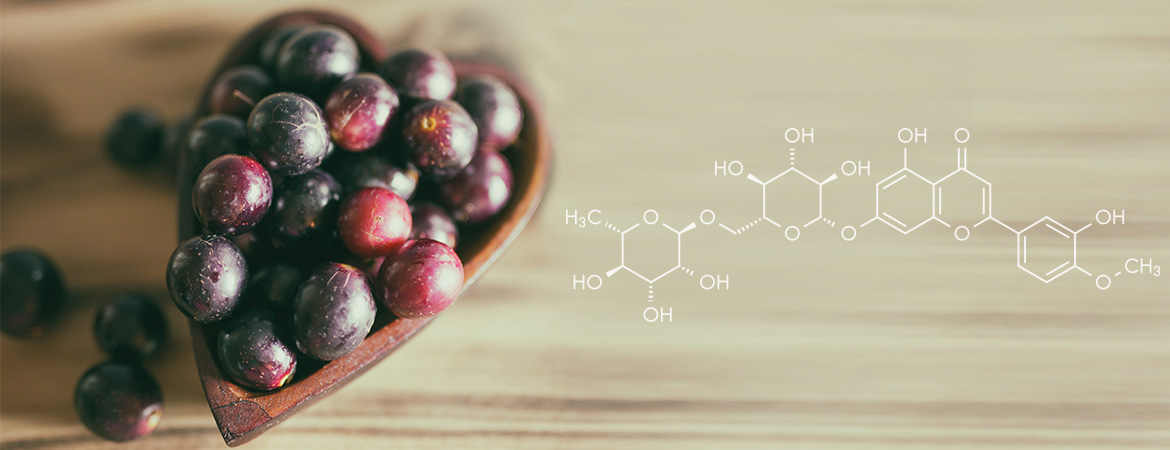Venous Disorders & Venotonic Agents
Treatment for Venous Disorders
Chronic venous disease includes a variety of chronic venous system disorders.
Patients with chronic venous disease may suffer from:
- pain
- tingling
- itching
- burning
- muscle cramps
- swelling
- restless legs
- and itchy skin in the legs
When the condition develops (especially when not treated) spider veins, nerve veins or varicose veins may occur.
In severe chronic venous disease, patients may experience swelling in the legs and skin changes, including venous eczema, ankle skin pigmentation, atrophie blanche and lipodermatosclerosis and persistent venous ulcers.
Chronic Venous Disease
Chronic venous disease is an acute condition for the patient and causes pain and other symptoms, reduces physical functioning and mobility and causes unpleasant ulcers, swelling and other changes in the skin, which can lead to social isolation and depression.
Chronic venous disease is a complex multifactorial etiology syndrome with a set of disorders as a result of increased venous pressure, lumbar vein enlargement, and valve deficiency.
Venous pressure reflects the amount of blood returning to the heart and the ability of the heart to pump the blood back into the arterial system
In chronic venous disease, the venous pressure remains high and when this levels are not restored, there will be edema, pain and all the problems mentioned above.
International treatment guidelines are conservative approaches to the basic treatment of chronic venous disease, ie slimming socks, leg lift and lifestyle changes, including weight loss and exercise.
For treatment of chronic venous disease, fibroblasts are usually used. The main categories include alpha-benzopyrons (such as coumarin), γ-benzopyrons (such as flavonoids), saponins, plant extracts and synthetic compounds.
Flavonoids were originally described as "vitamin P" (for permeability) because their imbalance causes the capillary brittleness and increases the permeability of the vessel walls.
Natural polyphenol compounds (Flavonoids) are widely found in nature. The main categories include flavones, flavonols, flavanas, flavanones, anthocyanidins, isoflavonoids and neoflavonoids. Among the flavonoid products used to treat chronic venous disease are the red vine leaf extract, hesperidin and diosmin.
In vitro and in vivo studies indicate that much of the clinical activity of flavonoids is related to their anti-inflammatory properties, including inhibition of signaling via NF? (Which is the central intracellular mediator of inflammation), down- regulation of pre- inflammatory markers and mediators, inhibition of prostaglandin synthesis, neutralization of oxygen scavengers, inhibition of leukocyte adhesion, activation and migration, and epithelial protection from damage by activated leukocytes.
In addition, flavonoids enhance venous tone by prolonging noradrenergic activity, further reduce of capillary permeability, impart lymphatic drainage, and inhibit platelet aggregation.
Effects of flavonoids since the 1960s have been examined in clinical studies and the results have been published in several systematic reviews and meta-analyzes.
A multicenter international study in 23 countries over a two-year period, involving 5,052 patients, evaluated the efficacy of flavonoids in the treatment of chronic venous insufficiency. Patients were treated with diosmin and hesperidin daily for six months. Continuous clinical improvement was clear throughout the study, as well as improved quality of life for the participants.
Few double-blind, randomized, placebo-controlled clinical studies of flavonoids have been reported over the last 20 years.
In a recent multicenter, randomized, double-blind, placebo-controlled clinical study, the red vine leaf extract reduced edema and leg pain associated with chronic venous disease.
Flavonoids can offer a range of benefits to prevent or manage venous problems because of their ability to strengthen the vessels and prevent inflammation. However, these nutrients are not able to reverse veins that have already become varicose veins. Flavonoids are well tolerated, with very low side effects.
Bibliography / References
Kiesewetter H, Koscielny J, Kalus U, et al. Efficacy of orally administered extract of red vine leaf AS 195 (folia Vitis viniferae) in chronic venous insufficiency(stages I-II). A randomized, double-blind, placebo-controlled trial. Arzneimittelforschung 2000;50:109–17).
Rabe E, Stucker M, Esperester A, et al. Efficacy and tolerability of a red-vine-leaf extract in patients suffering from chronic venous insufficiency – results of a double- blind placebo-controlled study. Eur J Vasc Endovasc Surg2011;41:540–7
Kalus U, Koscielny J, Grigorov A, et al. Improvement of cutaneous microcirculation and oxygen supply in patients with chronic venous insufficiency by orally administered extract of red vine leaves AS 195: a randomised, double-blind, placebo-controlled, crossover study. Drugs R D 2004;5:63–71
Monsieur R, Van Snick G. [Efficacy of the red vine leaf extract AS 195 in chronic venous insufficiency]. Praxis (Bern 1994) 2006;95:187–90
Schaefer E, Peil H, Ambrosetti L, et al. Oedema protecttive properties of the red vine leaf extract AS 195 (Folia Vitis viniferae) in the treatment of chronic venous insufficiency. A 6-week observational clinical trial. Arzneimittelforschung 2003;53:243–6)
Manthey JA. Biological properties of flavonoids pertaining to inflammation. Microcirculation 2000;7:S29-S34. 10.
Jantet G. Chronic venous insufficiency: worldwide results of the RELIEF study. Reflux assessment and quality of life improvement with micronized flavonoids. Angiology 2002;53:245-256.

